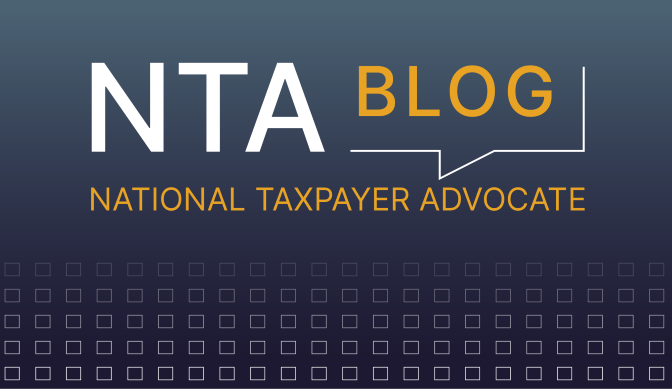Revamping the Gig Economy: The Rise of Worker-Owned Cooperatives
In the heart of San Francisco, outside the towering headquarters of Uber, three visionaries stand poised to reshape the gig economy: Ivan Olivo, AJ Attia, and Danny Golnik, co-founders of Fare Co-op. Their mission? To return earnings and decision-making power to the workers who drive the industry. As the gig economy faces scrutiny for its treatment of workers, the cooperative model emerges as a promising alternative.
The Promise and Pitfalls of the Gig Economy
Initially, the tech-enabled gig economy appeared to offer a win-win scenario, allowing contractors to monetize their vehicles and skills while providing customers with convenient services. However, the reality has been starkly different. Companies like Uber and Lyft have dominated the market, often at the expense of their drivers. Reports indicate that these platforms invest little in their workforce, leading to a situation where gig workers find themselves earning less while working longer hours.
AJ Attia, chairman and co-founder of Fare, reflects on this troubling trend: “In the beginning, you could work eight hours and make your $200, $300 a day, and that was great. Today, in order to make that same amount, you’re actually working 12 to 16 hours a day.” This shift has prompted many drivers to seek alternatives, and Fare Co-op aims to fill that gap.
A Cooperative Solution
Fare Co-op operates on a unique model where drivers are not just workers but owners. This structure allows them to make decisions that directly impact their earnings and working conditions. “We created a federation, and in each city, we have a local that is attached to that federation,” Attia explains. This decentralized approach empowers local members to set their own prices and adapt to market conditions.
One of the most compelling aspects of Fare’s model is its financial structure. Drivers who join the co-op retain 90% of ride fares after fees, which can be nearly double what they earn through traditional platforms. Even after accounting for payment processing fees, drivers stand to gain significantly more. A referral program further incentivizes growth, allowing both drivers and passengers to earn income from referrals indefinitely.
Real-World Impact
Attia shares a success story from Redding, California, where a new co-op member logs five to ten rides daily. “He’s actually making double the amount of money that he would be making with Uber,” he notes, adding that this driver also earns close to an additional $1,000 a month from referrals. Such examples illustrate the potential for cooperatives to provide a sustainable income for gig workers.
However, the challenge remains: how to prevent Fare from succumbing to the same issues that plague established platforms. Attia emphasizes the importance of monitoring market saturation. “We made a commitment to stop accepting new members in a given city when we see that drivers are logged in for eight hours without reaching a $200 to $300 earning threshold,” he states.
Growth and Expansion
Fare Co-op is rapidly expanding, currently operational in California and applying for licenses in Oregon, Arizona, and Georgia. The cooperative has even secured contracts as the official ride-hailing platform for iconic venues like the TCL Chinese Theatre and the Dolby Theatre in Hollywood. “We had no idea that we would have been doing that within seven months of us launching,” Attia reflects.
In addition to ride-hailing, Fare is set to launch Fare Eats, a food delivery service that mirrors its cooperative model. Member businesses will only be charged a 5% commission per delivery, a stark contrast to the 15-30% fees imposed by platforms like Uber Eats. This lower cost structure not only benefits retailers but also consumers, potentially leading to better service.
A Vision for the Future
The cooperative model is not just about improving earnings; it’s about securing the future of gig workers in an era of automation. As driverless vehicles loom on the horizon, Fare aims to empower its drivers to finance and own these vehicles rather than be replaced by them. Attia envisions a broader application of this model across various industries affected by automation.
Danny Golnik, co-founder and COO of Fare, echoes this sentiment: “If we’re successful in applying this model to the rideshare and gig work industry, then it can be applied to many other industries that are affected by automation.”
Conclusion
As Fare Co-op continues to grow and innovate, it stands as a beacon of hope for gig workers seeking fair compensation and better working conditions. By prioritizing worker ownership and community engagement, Fare is not just challenging the status quo; it’s redefining what the gig economy can be. In a landscape often dominated by corporate interests, the cooperative model offers a path toward a more equitable future for all workers.



















